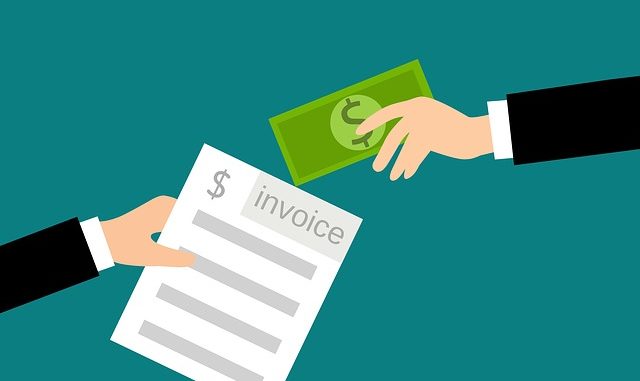
A top-quality software tool such as Quikflw can do more than simply fire out quotations upon request. Slotting seamlessly into your current set-up, this type of cloud-based software can handle the whole process from beginning to end.
This means producing other documentation such as invoices, which at first glance look very similar to quotes. So what are the differences between the two and when should they be used?
Here’s a closer look at the available documentation and how to use quotes and invoices for maximum efficiency.
Quotations
Despite the similarities in appearance, within Quikflw quotations and invoices are used in completely separate points in the process and it’s generally necessary to use both. This may seem like a duplication of effort but the following should help to clarify the specific purpose of each.
A quote is a document that’s created at the very beginning of the process. It can be produced the first time the customer gets in touch with the business, depending on the complexity of the products or services being purchased.
Also Read: The Most Important Benefits Associated With Invoice Maker
The idea of a quote is that it provides the customer with a detailed breakdown of the cost. This allows the customer to see exactly what you are charging for each individual element and assess whether you’re providing value for money.
If the quote is higher than the customer’s budget, they may be able to tailor what they want to bring the cost down, a process that’s easy with an automated software tool. Having a detailed quote gives them the opportunity to understand how much they will need to pay and what they’ll receive in return.
A quote should be accurate and transparent, including all potential costs. This could include:
- Parts
- Labour
- Any additional materials
- Taxes
The quotation should provide the customer with all the information they need to decide whether to proceed with the purchase. You should also include any pertinent facts that could change the price once the work is underway.
Although the customer will understandably be hoping for the best possible price, and may well obtain competing quotes to compare, it’s essential to be honest. If the end cost is substantially higher than the original quote for no discernible reason, it will only cause conflict.
Invoice
An invoice will often have exactly the sameitemised list as a quote and this is where confusion can arise. Software may even pull on the quotation to retrieve the details to populate the invoice automatically. Although this is an efficient way of managing the invoice process, you might be wondering why you need to provide the information again.
Contrary to a quote, the invoice is produced at the very end of the process when the work is complete. Rather than an estimate of the work involved, the invoice will detail exactly what was carried out and the cost of each. Hopefully this will match the quote unless you’ve already had a discussion with the customer about the difference in cost.
An invoice is a request for remittance and you send these to customers when you want them to submit their payment. In some cases you may send several invoices at various points throughout the job, or you may only send one at the end when the whole job is complete. How you choose to organise this is entirely up to you, and Quikflw software can help you to achieve this.
Streamline your processes
Software tools such as Quikflw can be instrumental in helping businesses streamline the process from beginning to end. Find out how you could enjoy maximum efficiency within your quotation and invoicing processes with quikflw.com.

Leave a Reply